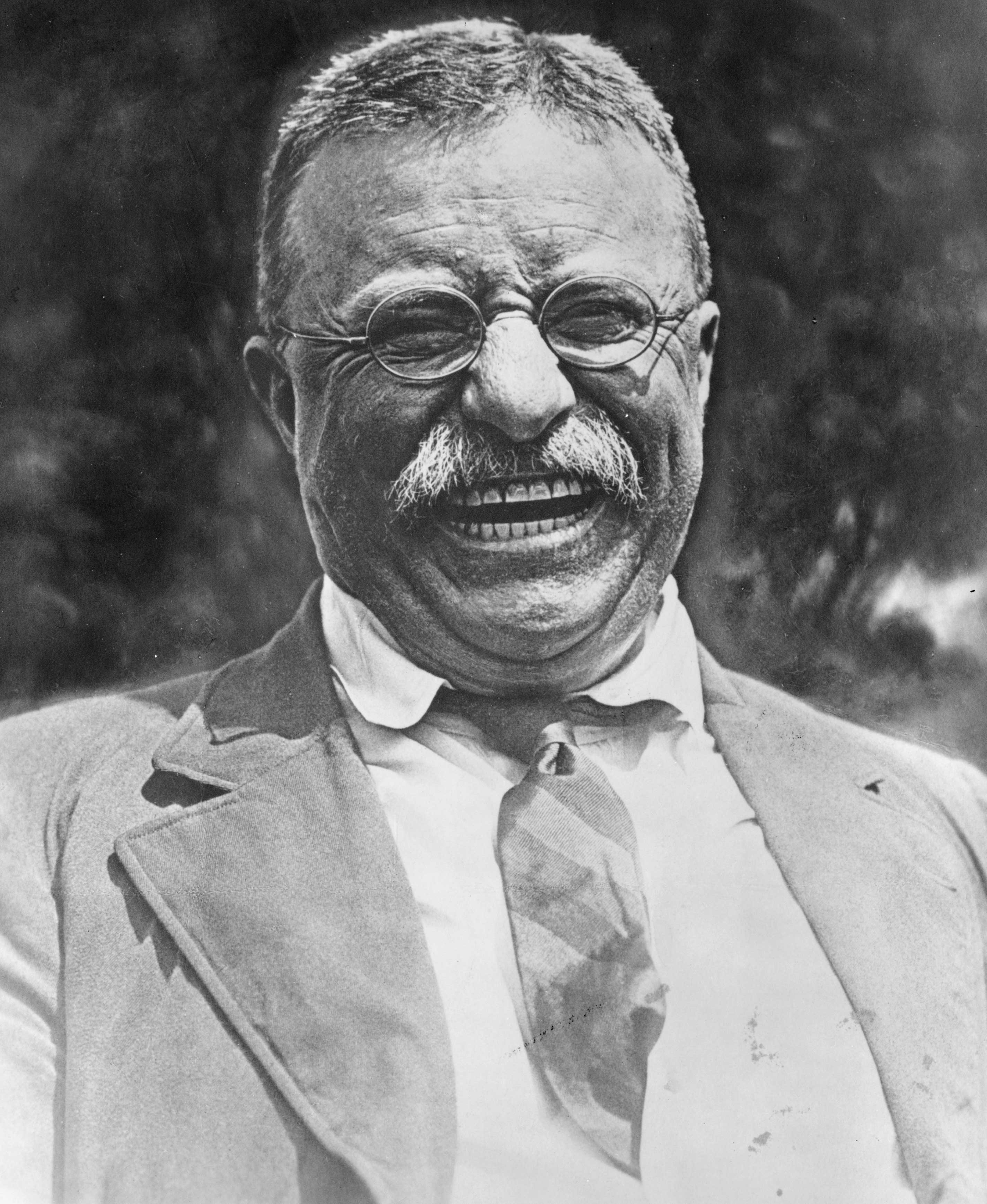.
Flash Fiction EffortHappily,
Flash Fiction has returned this week. Here is my entry based on the starter sentence we were given, "So much for plan B":
"Plan B...itter"
"So much for plan B." I muttered under my breath.
I grabbed my old, beat-up pipe that I kept in the workbench drawer. It was badly battered, and even the bowl had a hairline crack along one side, so it was now relegated for use only in the garage. I stuffed its bowl angrily with tobacco. Firing it up quickly, I smoked, chewed on the stem, and grumbled..
"So, what the hell will plan C be?" My furry eyebrows knitted together, belaying my frustration.
What I felt like doing was taking a hammer to the metal object of my rancor and smashing it into as many pieces as possible. But, of course, that wouldn’t do a damn bit of good, and only give me MORE work to do in the end.
"Why the hell do they change things like this and then say it will fit is beyond me." I think to myself.
I look down at the mower with grave disdain, then look back at the new, shiny metal box, about the size of a bar of soap on the bench.
My wife comes out to the garage. In her hand is a tall glass of iced tea. She smiles at me.
"Drink this, dear, you need to keep drinking enough fluids."
I complain loudly about the stupidity of the design of the replacement muffler, and in an animated fashion, holler about the idiotic instructions. With rising impatience, I loudly read from the instructions:
"If your mower was manufactured before 1985, it will have only TWO screw posts to attach the muffler. You will need to remove the third screw post manually or it will not fit against the flange correctly."I point out to my wife the asinine additional post, a stalk of cast iron about 1 inch in length. Then I show her how I already mangled the post, trying to cut it with my hacksaw blade. The raggedness of the cut, and its haphazard, meandering slant make it look like I was drunk as a skunk when I tried to cut it. Unfortunately, that was not the case. I was sober, and aggravated as hell.
"Now listen to this..." I continue,
"You must leave at minimum 3/16th of an inch of the post but no more than 1/4th of an inch of the post to allow for plugging the hole with the enclosed thumb screw. Failure to attach the thumb screw to the muffler to block this hole will result in significant loss in performance of the muffler."I take a deep pull from the stem of my pipe.
As I exhale, I exclaim, "Why the hell do they say this is the replacement muffler for my mower, when the son-of-a-b*tch does not fit!"
"It *is* an old mower, dear. Maybe we should buy..." my wife begins, attempting to placate me.
I glower at her. "What the hell does age have to do with it? If it is a damn f*ck*ng replacement part, it sure as f*ck*ng damn hell should fit without me having to figure out how to remake it here!"
Angrily, I look around at the various tools parts, and instruction sheets splayed across my workbench.
"Look at this hammer, its 50 years old, for Chr*st’s sake!!! It was my dad’s and I remember going to the hardware store with him to get it." I sputter, my rage gaining momentum now.
"Sh*t, look at this radio, its got to be at least 40 years old. Hell, even my pipe," I exclaim as I take it out of my mouth and show her for emphasis, "I bought this old beast over 30 years ago!"
"Now, dear..."
"No! Its asinine, and there’s no way you can tell me any different!" I knock ashes from my pipe into the ashtray on my workbench angrily. "They do sh*t like this so people give up on fixing things! They do it so people won’t try to do their own repairs! They do this bullsh*t only to line their own damn pockets!"
My wife gives up trying to calm me and walks back into the house.
I sit there alone, and fume. Mad at the world, mad at the asinine little metal box before me, and mad at my feeling of incompetence.
"I am NOT going to take you in and have some punk kid charge me $55 bucks to "install" the damn muffler, and I am sure as hell not going to buy a new mower!"
I reach again for the pipe, fill its bowl, and think, and think.
* * * * *
Any and all comments are appreciated,
PipeTobacco












